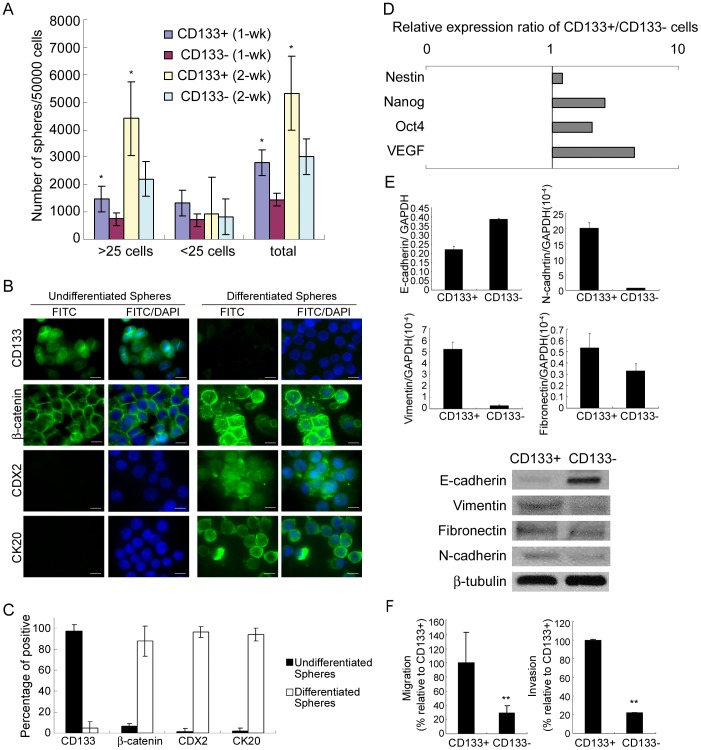Figure 2. CD133+ cells form undifferentiated spheres and increase in embryonic gene expression and markers for EMT.
(A)Sphere formation capacity of CD133+ and CD133− cells. CD133+ and CD133− cells, separated by MACS after 4 days cultured under hypoxia and serum depletion, were cultured under serum free conditions in the presence of EGF (10 ng/mL) and FGF2 (10 ng/mL). Sphere formation was calculated at 2 weeks (>25 or <25 indicates the cell number of each sphere.). Error bars represent standard deviation. (*p<0.05 compared with CD133−cells as determined by the Student’s t test.) (B) CD133+ cells after MACS separation at day 4 of exposure to hypoxia and serum depletion, cultured under serum free condition in the presence of EGF (10 ng/mL) and FGF2 (10 ng/mL), formed spheres at 2 weeks. Immunofluorescence shows that these spheres are undifferentiated spheres (Undifferentiated), which are positive for CD133, and negative for nuclear β-catenin, CDX2 and CK20. The spheres were then seeded into matrigel and exposed to serum-containing condition for another 2 weeks. Immunofluorescence shows that these spheres are differentiated (Differentiated), which decrease in CD133 expression, increase in the expression of nuclear β-catenin, CDX2 and CK20. Scale bar, 20 µm (C) Percentages of cells positive for CD133, nuclear β-catenin, CDX2 and CK20 were counted. (D) and (E upper two panels) Quantitative RT-PCR for mRNA levels, (E lower panel) immunoblot analysis. (F) cell migration and invasion assay for CD133+ and CD133− cells after MACS separation at day 4 of exposure to hypoxia and serum depletion. Data of HT-29 cells are shown as representative results.

